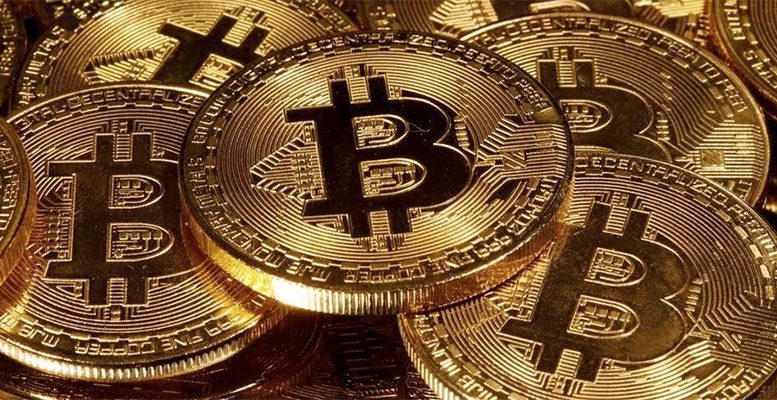According to BINANCE, there are only 10 days until the next bitcoin halving, when the reward for mining a new block on the network will be halved. The purpose behind these halvings is to limit the supply of new bitcoins coming into circulation, which contributes to bitcoin’s scarcity and deflationary pattern. By limiting supply, it is expected that, if demand continues or increases, the value of bitcoin may also increase over time. This is part of the economic and monetary design of bitcoin, which seeks to emulate some of the properties of gold, such as scarcity and resistance to inflation.
Halving is a scheduled event that occurs approximately every four years, or every 210,000 blocks mined, on the Bitcoin network. This event halves the reward miners receive for validating and adding new blocks to the chain. The reward in bitcoins is halved, which affects the rate at which new cryptocurrencies are issued until the network has produced the scheduled total.
The reward for mining a block started at 50 bitcoins in 2009. With the first halving in 2012, it was reduced to 25 bitcoins. With the second halving in 2016, the reward decreased to 12.5 bitcoins per block, and with the third halving in May 2020, it dropped to 6.25 bitcoins. These processes are part of the bitcoin mining algorithm. This is the way to limit the maximum supply of BTC at 21 million, aligning with its deflationary principles. This is why the next halving will be relevant, as it implies a further reduction in supply: when it occurs, miners will receive 3.125 BTC per block mined.
There will be dozens more halving operations until all 21 million are issued, which will happen around the year 2140, according to the Bitcoin protocol. As of January 2024, there are more than 19.59 million BTC in circulation, 92% of the total issuance, according to Messari.io data.





